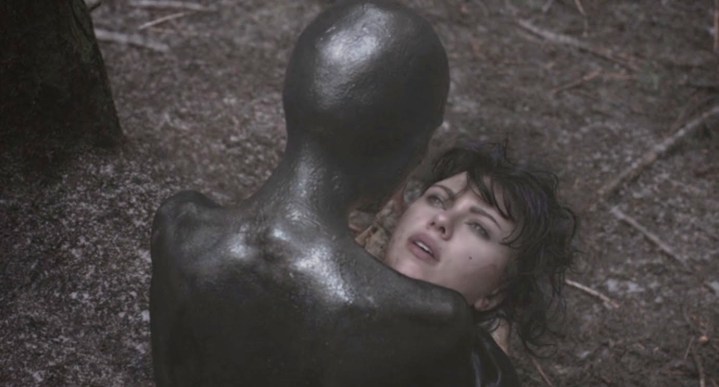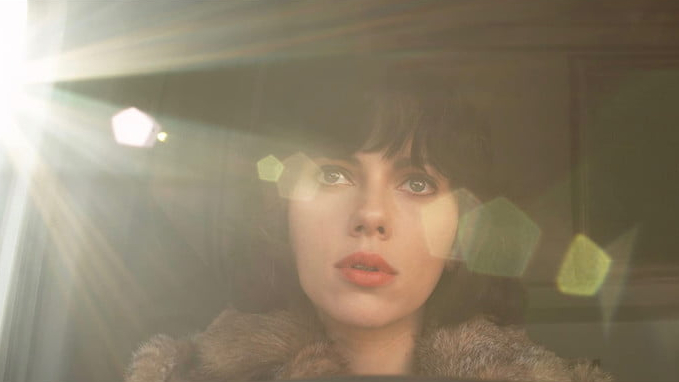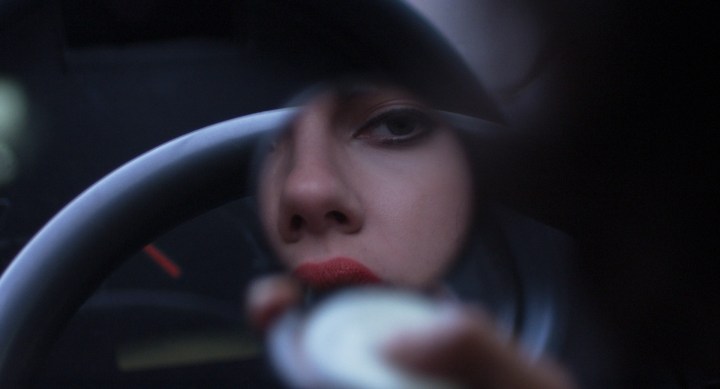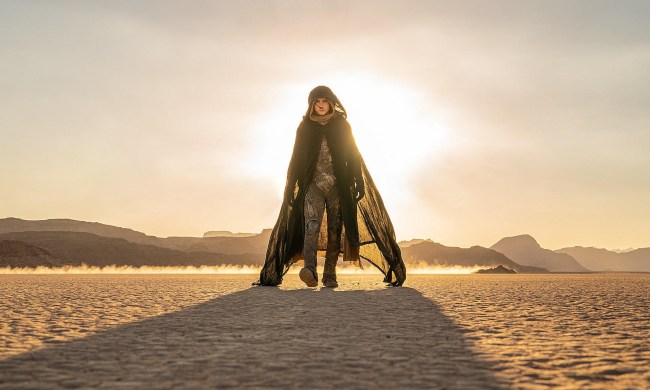
Jonathan Glazer was recently in the news for several reasons. His latest effort, the discomfortingly immersive The Zone of Interest, earned him rave reviews and a nomination for Best Director at this year’s Academy Awards. When he took the stage to accept the Oscar for Best Foreign Language Film, his powerful speech attracted both praise and criticism, cementing his reputation as a true outlier living in an industry so notoriously averse to risk and progressive thought.
With The Zone of Interest, Glazer’s art finally entered a more global stage. However, the film that should’ve given him this level of exposure is his 2013 sci-fi masterpiece, Under the Skin. A visceral, puzzling, and striking cinematic experience unlike any other, Under the Skin is possibly the most daring and unforgettable sci-fi movie of the 2010s, which is no small feat considering triumphs like Arrival and Interstellar also came out during this decade. This month marks the film’s 10th anniversary, making it the perfect time to reminisce about this polarizing and underappreciated sci-fi gem that, much like its director, dares to say what very few others will.
Under the brain

During an interview with The Guardian, Glazer stated he “didn’t want to film the book.” Instead, he “wanted to make the book a film.” This is the key to understanding his approach.
Under the Skin began its life as a daring dream in Glazer’s brilliant mind. Initially, he meant to shoot it following his feature film debut, Sexy Beast; however, he actually began developing it after his sophomore effort, the divisive 2004 psychological drama Birth. Glazer spent the better part of a decade trying to bring this singularly uneasy film onto the big screen, with the project going through numerous revisions — Brad Pitt was, at one point, attached to star. Then, after countless screenplays and several years, Glazer found the right angle: to represent a view of our world from an alien’s perspective.
With the tone set, the film moved on to cast its star. Numerous names were mentioned, but in the end, it was Scarlett Johansson who was cast. Johansson’s casting is the sort of situation where the perfect role finds the perfect actress. Indeed, I cannot think of a single example where a role is so dependent not only on an actor’s physical appeal but on the idea that we, the audience, have about them, as Johansson in Under the Skin, except perhaps for Margot Robbie in Barbie.

Glazer might own Under the Skin, but Johansson dominates it. No performance in the 21st century captures the very concept of “allure” as effortlessly or as chillingly as Johansson in Under the Skin. In the same Guardian interview, Glazer describes her as “unflinching,” and that’s truly the only word that fits. Even under a ratty wig, she is instantly recognizable yet completely foreign, an impenetrable monolith that’s seductive but deceptive. Her beauty is otherworldly, but it’s her cold, clinical gaze that genuinely mesmerizes.
This is a performance that’s all about precision. Johansson drives her van around Glasgow, scouting for oblivious men who hesitate not once when she looks their way, never questioning their lucky stars as to why they find themselves on the receiving end of her curiosity. The genius of her portrayal lies in her complete understanding of Glazer’s approach. Sitting behind the wheel, the actress is hungry and anxious, analyzing every opportunity; every look is a promise, every encounter a small revolution. The unnamed woman — and, by extension, Johansson herself — devours everything on the screen: men, women, scenery. Even the viewers themselves eventually fall prey to her appetite. She doesn’t just examine; she tears apart.
Under the eye

Ten years later, Under the Skin remains as hypnotizing and eerie as it was in 2014. The film juggles many grand ideas, from human nature to humanity’s place on its own planet and the possibility of alien life walking among us. Yet, its greatest achievement is making us feel like the aliens ourselves. Just like Johansson’s unnamed woman watches the men who’ll eventually become her prey, we, too, watch her cruise and hunt; we’re not quite the hunter, but we’re still complicit in her outings. Glazer would once again adopt this approach in The Zone of Interest, turning the audience into unwilling participants of the unseen carnage. Just because we don’t see it doesn’t mean it’s not happening.
This is a recurring element in Glazer’s films, a latent curiosity about humanity’s inherent imperfections, its unique capability for delusion. He is not so much obsessed with it as he is puzzled by it. In the brilliant but underrated Birth, it’s a grieving woman’s willingness to believe the impossible; in Under the Skin, it’s a series of men and the cosmic researcher directing them; in The Zone of Interest, it’s an entire system becoming increasingly detached from the very idea of humanity. Through it all, the audience is there to witness and, at times, enable this silent and calculated study.
That’s also part of Glazer’s play; we might think ourselves in control — after all, we chose to see the movies. Alas, we’re just playing the game he set up for us. If we’re the male victims, Glazer is the unnamed woman, using his unique gifts to learn from and understand us. He’s not in control, either; if the film reveals anything, it’s that there’s always another. Under the Skin is about realizing we’re all aliens in each other’s eyes, meaning everyone can fascinate and be at the expense of another.
A most unusual sci-fi movie
Glazer’s life’s work seems to be studying “otherness” and bringing it to life, dissecting it, becoming it, and eventually turning us into it. He uses discomfort to achieve it, reducing us to our primal instincts to provoke a visceral reaction and evoke something real within us. Indeed, Under the Skin features some of the most unnerving visuals in modern sci-fi, and the result is an utterly unforgettable experience that compels you to turn away while hoping you won’t. The film is full of juxtapositions like this — human and alien, beauty and ugliness, coercion and persuasion.
The haunting beauty of Under the Skin is that there’s no hopeful solution, only bleak possibility. Unlike many other sci-fi movies, where humanity is flawed and alien life forms are elevated, Under the Skin presents a far more terrifying concept: life itself that’s weak and detached, perpetually afraid yet restlessly curious, proud but vulnerable, selfish but in need of connection.
Yet, it’s also capable of growth; how can it not? The real question is not “Can it change,” but “Will it want to?” Glazer doesn’t have that answer, and something tells me he wouldn’t want to know even if he could. Certainty means there’s nothing left to ask, and where’s the fun in that?
Under the Skin is available to stream on Max.



